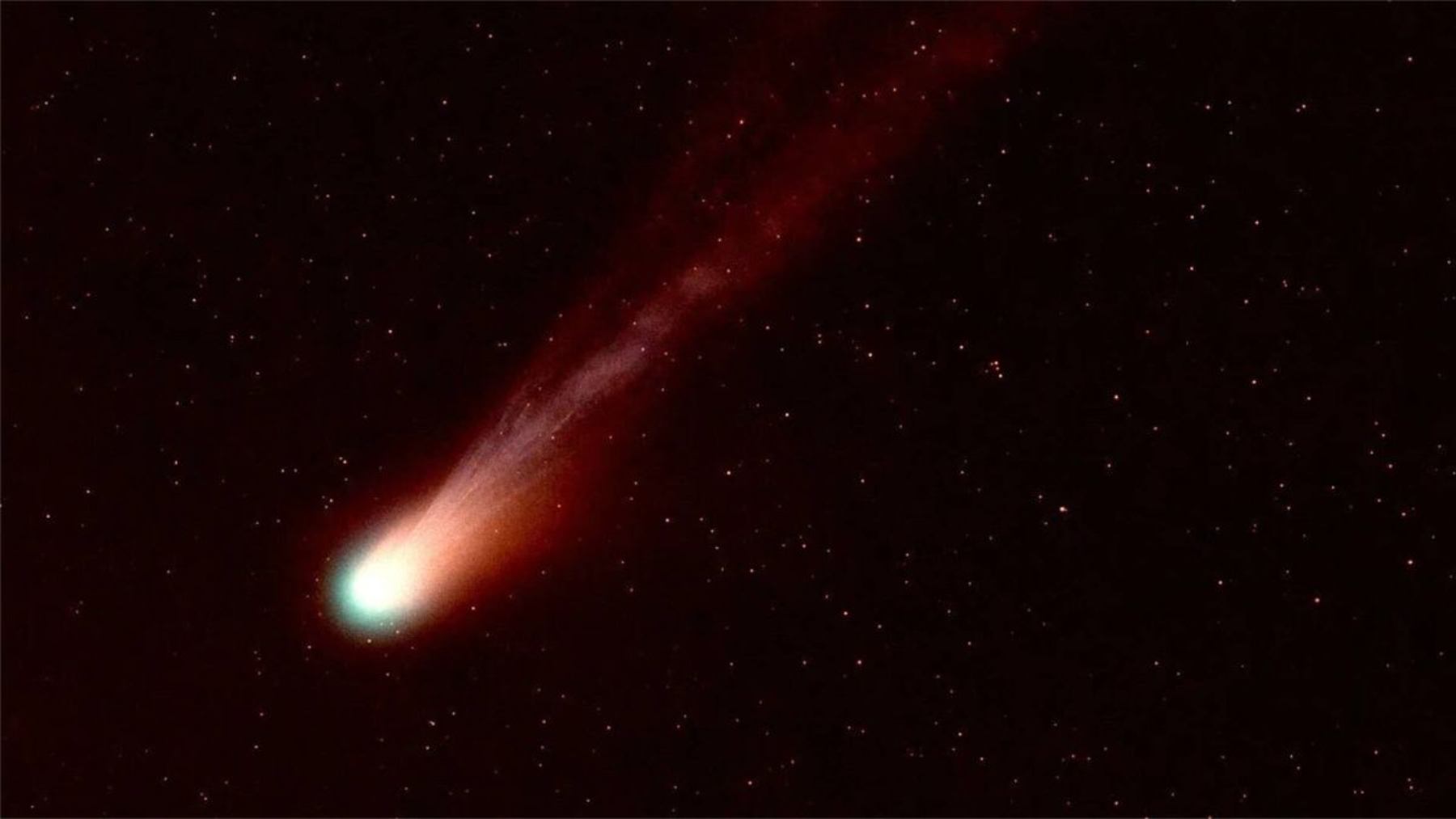A mysterious object in our solar system! Space never stops surprising us with discoveries that change what we think we know about it. The most recent one has alerted astronomers: NASA has confirmed the detection of an object that travels at an impressive speed and that behaves in a strange way. This object is called A11pl3Z and it moves 245,000 km per hour and it’s entering our solar system. Its huge size and its unusual behavior makes it one of the most fascinating cosmic visitors up to this day. So, let’s learn more about it.
What makes A11pl3Z different?
Most of the objects we know in the solar system, like comets or asteroids, follow predictable orbits controlled by the Sun’s gravity, but A11pl3Z doesn’t behave that way. It travels in a straight path with a hyperbolic trajectory, meaning it is not bound to the Sun. This makes it an interstellar object that only passes by before continuing its journey toward deep space.
The striking thing about it is its size: between 10 and 20 km wide, which means it’s possibly the third biggest object ever detected by humankind. Yet it shows none of the classic signs of a comet, there is no glowing coma and no visible tail.
Let’s talk about comets
A comet is formed by ice, rock, and dust. When it’s near the Sun, the heat produces a bright atmosphere (coma) and a beautiful tail of dust and gas. Most comets come from far away areas like the Kuiper Belt or the Oort Cloud.
However, A11pl3Z doesn’t fit in this description: it could be a weak comet, a dark asteroid, or even an object that has never been classified before.
Discovery and trajectory
The object was detected on June 25 by NASA’s ATLAS system and, since then, astronomers follow its trajectory very closely:
In October, it will pass nearby Mars.
In December, it will reach the nearest point to Earth.
There are no reasons to be alarmed because at that moment our planet will be on the other side of the Sun, so the probability of impact is null.
Behavior of the object
Everything indicates that the A11pl3Z is an interstellar traveler since it doesn’t belong to the celestial bodies family related to the Sun and it will only pass by our solar system. All of this makes scientists wonder about what it’s then.
Possible identities
For now, experts are not absolutely certain about what it is, but there are some possibilities:
Comet: a very weak or inactive that doesn’t show typical activity.
Asteroid: a rocky and dark object without ice.
Unknown object: something completely new for science.
A scientist from ESA, Richard Moissl, believes that the most probable explanation is that the object is a comet. Even though he admits that any other answer would be a surprise. This is why telescopes like the James Webb Space Telescope and the Vera C. Rubin Observatory are collecting data to study its nature.
Other interstellar visitors
Before the A11pl3Z only two interstellar objects had been confirmed:
‘Oumuamua (2017): long, flat, without a tail, and moving in unexpected ways.
2I/Borisov (2019): more like a typical comet, but also with a hyperbolic path.
Now, A11pl3Z becomes the third confirmed visitor and, probably, the biggest ever detected.
Why is this object important?
According to estimations, there could exist up to thousands of interstellar objects passing through our solar system without being detected. Some of them are simple rocks, but others could contain organic compounds that could offer clues about the origin of life and the formation of planetary systems.
A11pl3Z is a unique opportunity to study one of these visitors and maybe to better understand the early universe conditions or how the processes leading to life emerge.

